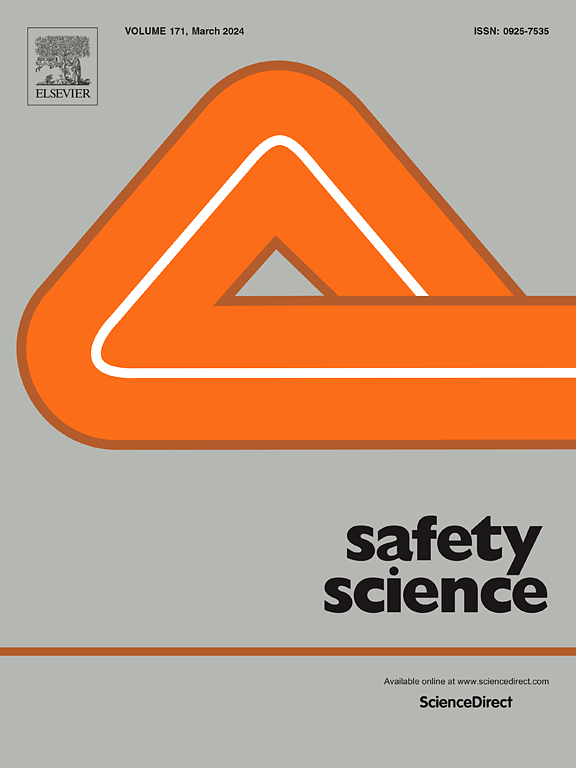使用贝叶斯信念网络模型探索安全文化维度在患者安全中的作用
IF 4.7
1区 工程技术
Q1 ENGINEERING, INDUSTRIAL
引用次数: 0
摘要
人们越来越认识到多维安全文化对医疗保健组织内患者安全实践的影响。尽管意识到这一点,但对安全文化维度之间的关系及其在动态和复杂的医疗保健服务中的相对重要性的理解仍不清楚。为了解决这一差距,我们开发了一个贝叶斯信念网络(BBN)模型来定量评估各种安全文化维度在影响患者安全方面的重要性。本研究利用来自美国教学医院的医院患者安全文化调查(HSOPSC) SOPS医院调查2.0数据,深入了解相互关联变量之间的影响强度,探索影响患者安全的主要因素,并根据安全文化维度的相对重要性对其进行优先级排序,为决策者提供最佳资源利用指导。我们的研究结果确定了安全文化的三个主要维度,因为它们与患者安全评级有显著的关联:“沟通开放”、“主管对患者安全的支持”和“组织学习-持续支持”。该分析支持决策,为最佳资源分配提供安全文化维度相对优先级的见解。BBN是一种新颖的方法,提供了概率关系的可视化表示和增强医疗保健环境中患者安全的潜在方法。本文章由计算机程序翻译,如有差异,请以英文原文为准。
Exploring the role of safety culture dimensions in patient safety using a Bayesian Belief Network model
There is a growing recognition of the impact of a multi-dimensional safety culture on patient safety practices within healthcare organizations. Despite this awareness, understanding the relationships among safety culture dimensions and their relative importance in dynamic and complex healthcare delivery remains unclear. To address this gap, we developed a Bayesian Belief Network (BBN) model to quantitatively assess the significance of various safety culture dimensions in influencing patient safety. Utilizing Hospital Survey on Patient Safety Culture (HSOPSC) SOPS Hospital Survey 2.0 data from U.S. teaching hospitals, this study provides insights into the strength of influence among interconnected variables, explores primary factors contributing to the patient safety, and offers guidance for decision-makers on optimal resource utilization by prioritizing safety culture dimensions based on their relative importance. Our findings identify three leading dimensions of safety culture for their significant association with patient safety ratings: ’communication openness,’ ’supervisor support for patient safety,’ and ’organizational learning – continuous support’. This analysis supports decision-making, providing insights into the relative priority of safety culture dimensions for optimal resource allocation. The BBN is a novel methodology, providing a visual representation of the probabilistic relationships and potential approaches for enhancing patient safety within healthcare settings.
求助全文
通过发布文献求助,成功后即可免费获取论文全文。
去求助
来源期刊

Safety Science
管理科学-工程:工业
CiteScore
13.00
自引率
9.80%
发文量
335
审稿时长
53 days
期刊介绍:
Safety Science is multidisciplinary. Its contributors and its audience range from social scientists to engineers. The journal covers the physics and engineering of safety; its social, policy and organizational aspects; the assessment, management and communication of risks; the effectiveness of control and management techniques for safety; standardization, legislation, inspection, insurance, costing aspects, human behavior and safety and the like. Papers addressing the interfaces between technology, people and organizations are especially welcome.
 求助内容:
求助内容: 应助结果提醒方式:
应助结果提醒方式:


